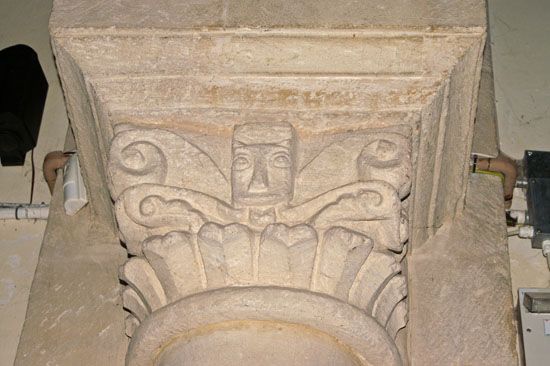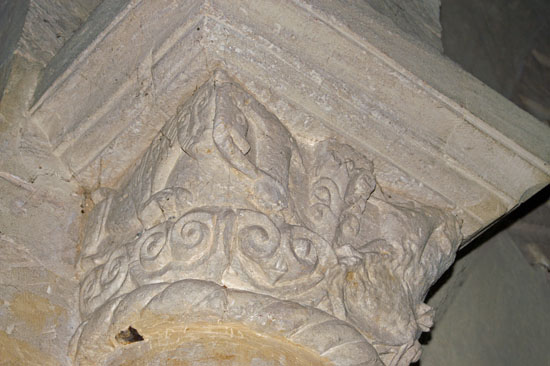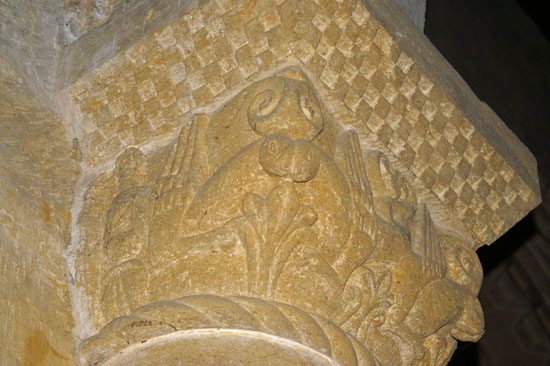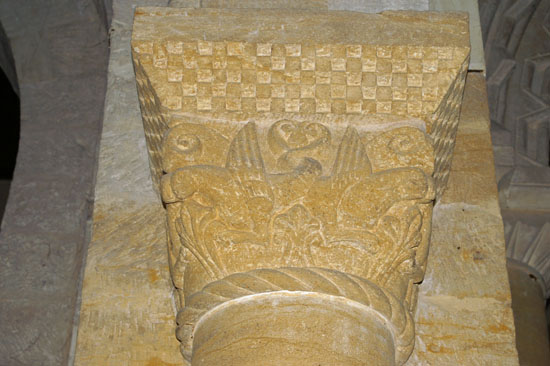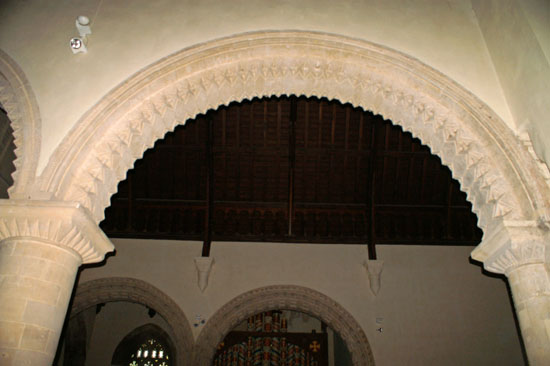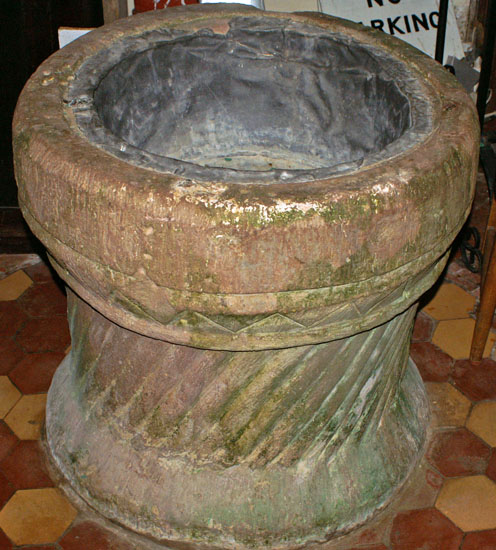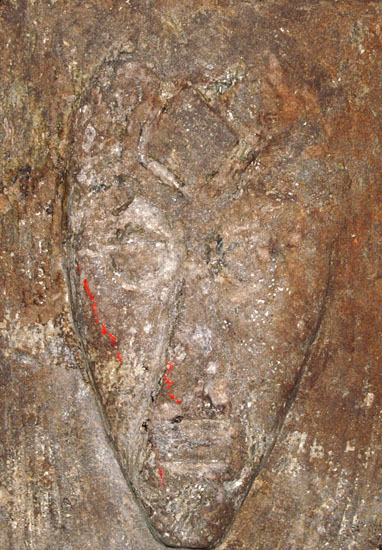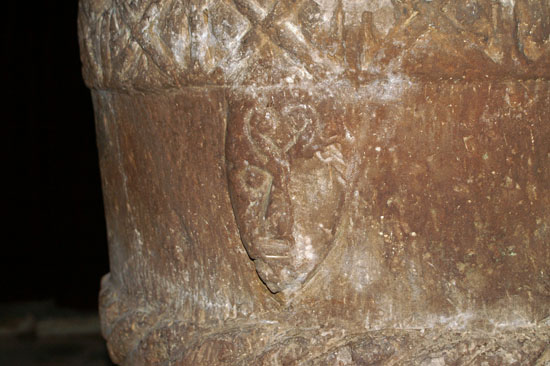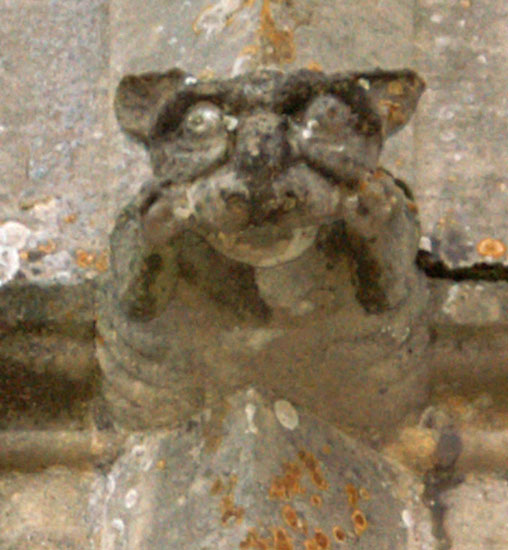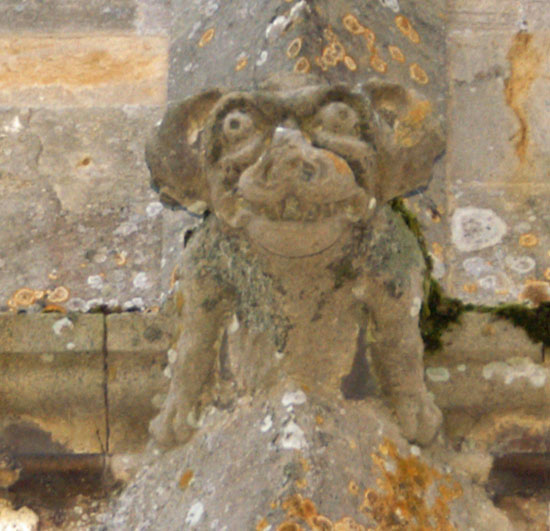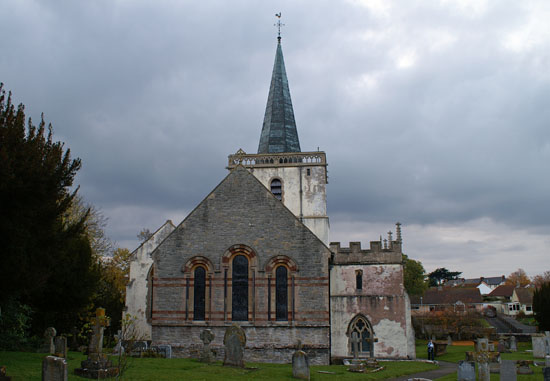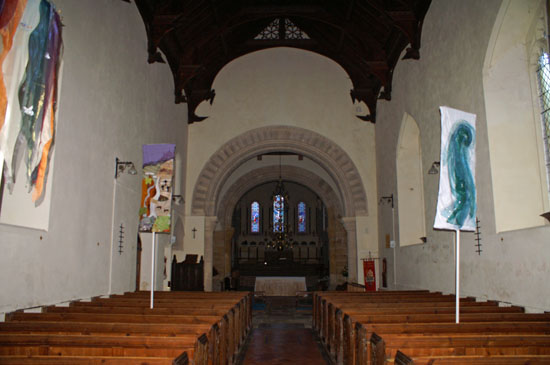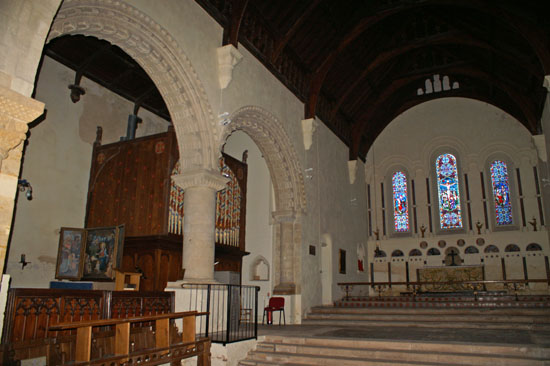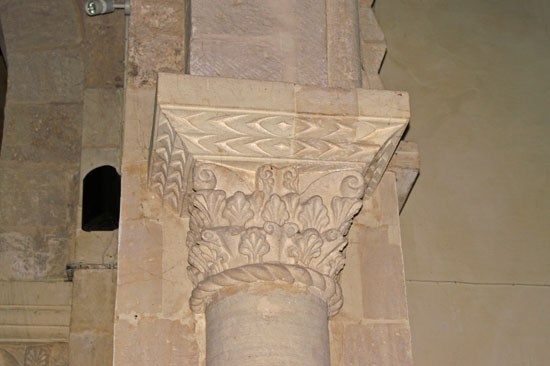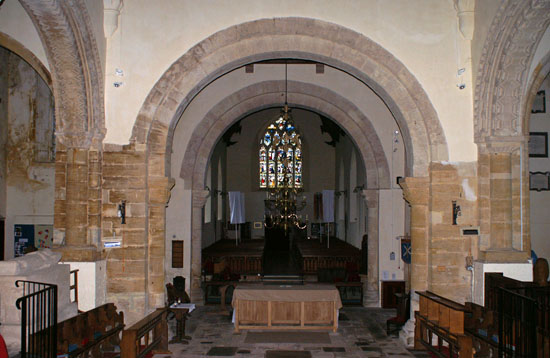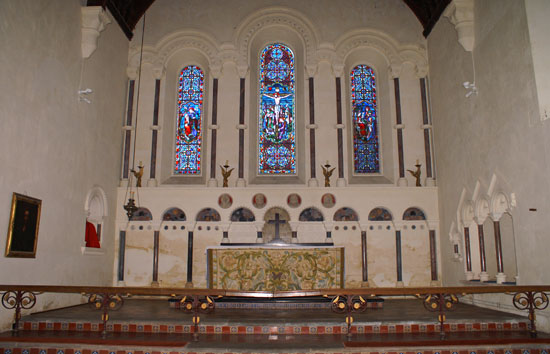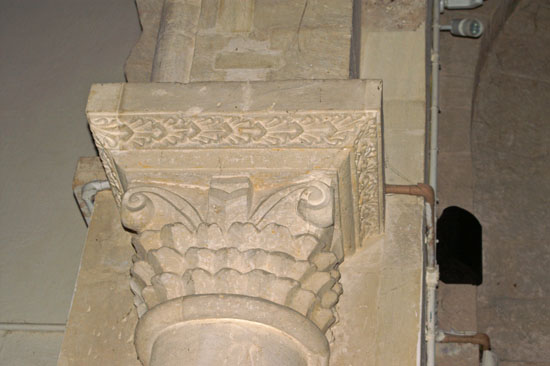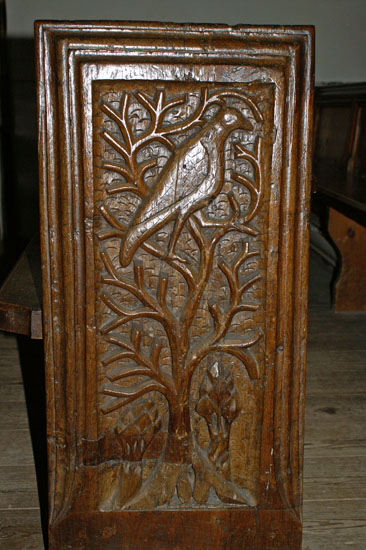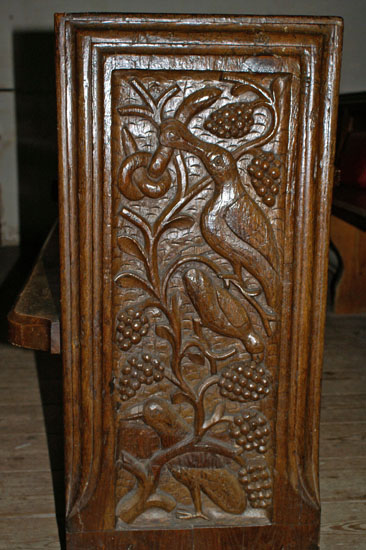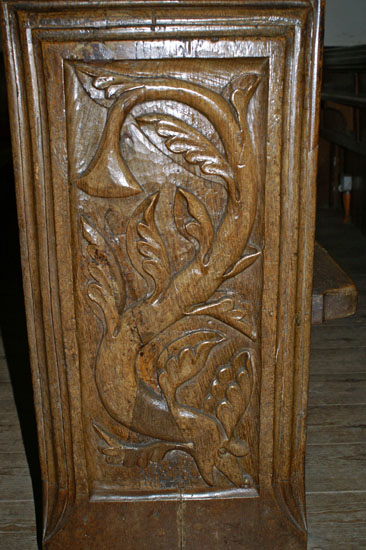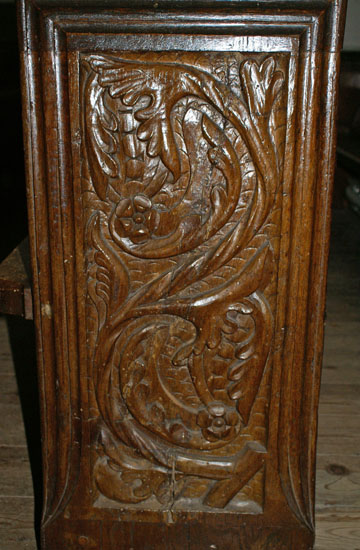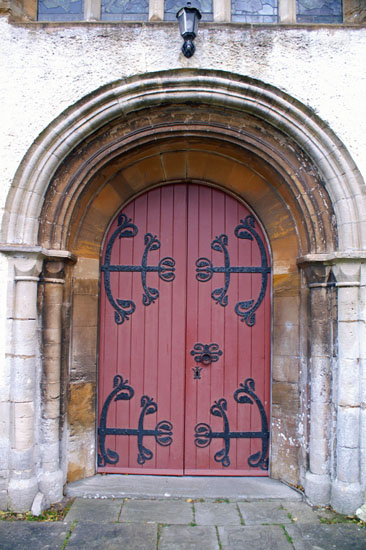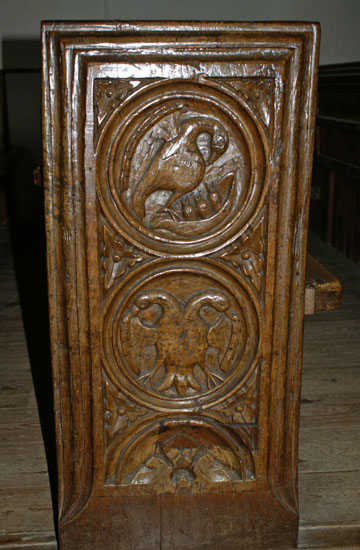|
The concept of seeking Sanctuary is a somewhat romantic one, conjuring Hollywood-style images of innocents being protected indefinitely from their persecutors by throwing themselves on the mercy of Mother Church. Some people even, apparently, vaguely believe - erroneously - that the practice might have force today.
The truth is more prosaic. Many of those claiming Sanctuary were, as far as we can tell from ancient records, as guilty as hell, and sometimes of the vilest of crimes. Punishment in mediaeval times was, of course, much more violent and deadly than it is today so we might instinctively feel that Sanctuary was a deserved refuge from justice, but we shouldn’t kid ourselves that sanctuary-seekers were usually innocents. It is also worth knowing that Sanctuary was claimed by great men as well as peasants: there are plenty of examples of Lords seeking sanctuary for being on the “wrong” (that is, the defeated!) side in conflicts such as the Wars of the Roses. Lord Lovell, for example, is known to have claimed sanctuary after Richard III’s defeat at Bosworth in 1485.
The practice is believed to go back as far as AD 600. You may be disappointed to know that King James I abolished it in 1623, though even today we might suppose that the Police would be a little reticent about dragging criminals from a holy place.
Sanctuary was not a free pardon, nor indefinite protection from justice. The sanctuary-seeker was immune for only 40 days. During that time he (usually) or she was visited by the coroner and expected to confess to the crime. This was essential to the Sanctuary process. The felon would then “abjure” - that is swear an oath of exile from the realm. If the forty days elapsed without both confession and abjuration the fugitive would still not be seized from the holy precincts - but it was a crime punishable by hanging to help him so we might suppose that starvation or surrender would be his lot in the end.
"I swear on the Holy Book that I will leave the realm of England and never return without the express permission of my Lord the King or his heirs. I will hasten by the direct road to the port allotted to me and not leave the King's highway under pain of arrest or execution. I will not stay at one place more than one night and will seek diligently for a passage across the sea as soon as I arrive, delaying only one tide if possible. If I cannot secure such passage, I will walk into the sea up to my knees every day as a token of my desire to cross. And if I fail in all this, then peril shall be my lot".
It was for the Coroner to decide from which port the felon should depart - and this was not necessarily the closest. Some chose ports at an in inconvenient distance in order to prolong the agony. Conditions would be placed upon the exile:
"You will cast off your own clothing, which will be conficated and sold. You will wear only an ungirdled garment of crude sackcloth and you will walk bareheaded, carrying a wooden cross before you, made with your own hands from wood in the churchyard. You will tell passers-by what you are and you must take care not to stray from the highway nor stay in one place more than one night. If you fail, people are justly entitled to treat you as the wolf and behead you. And if you ever set foot in England again, you will be outlaw and your head forfeit to any man who can lift a sword"
Sanctuary, then, might save your life but was not a walk in the park! If you deviated from the terms of your abjuration, indeed, the penalty might exceed that for the crime you had originally committed - although we might surmise that it was the fear of execution that drove most to claim sanctuary.
As we have seen, Stogursey has a sanctuary ring which the fugitive was expected to reach in order to gain sanctuary. Another example is found on the south door Felmersham St Mary’s Church in Bedfordshire. Knockers were not, however, a prerequisite. In some places reaching the church grounds would be enough and in some places even sanctuary boundary markers were erected,
Some of this information (and both quotes) was obtained from an excellent website about the Coroner system by Prof. Bernard Knight CBE. It can be seen at http://www.britannia.com/history/articles/coroner4.html.
|
